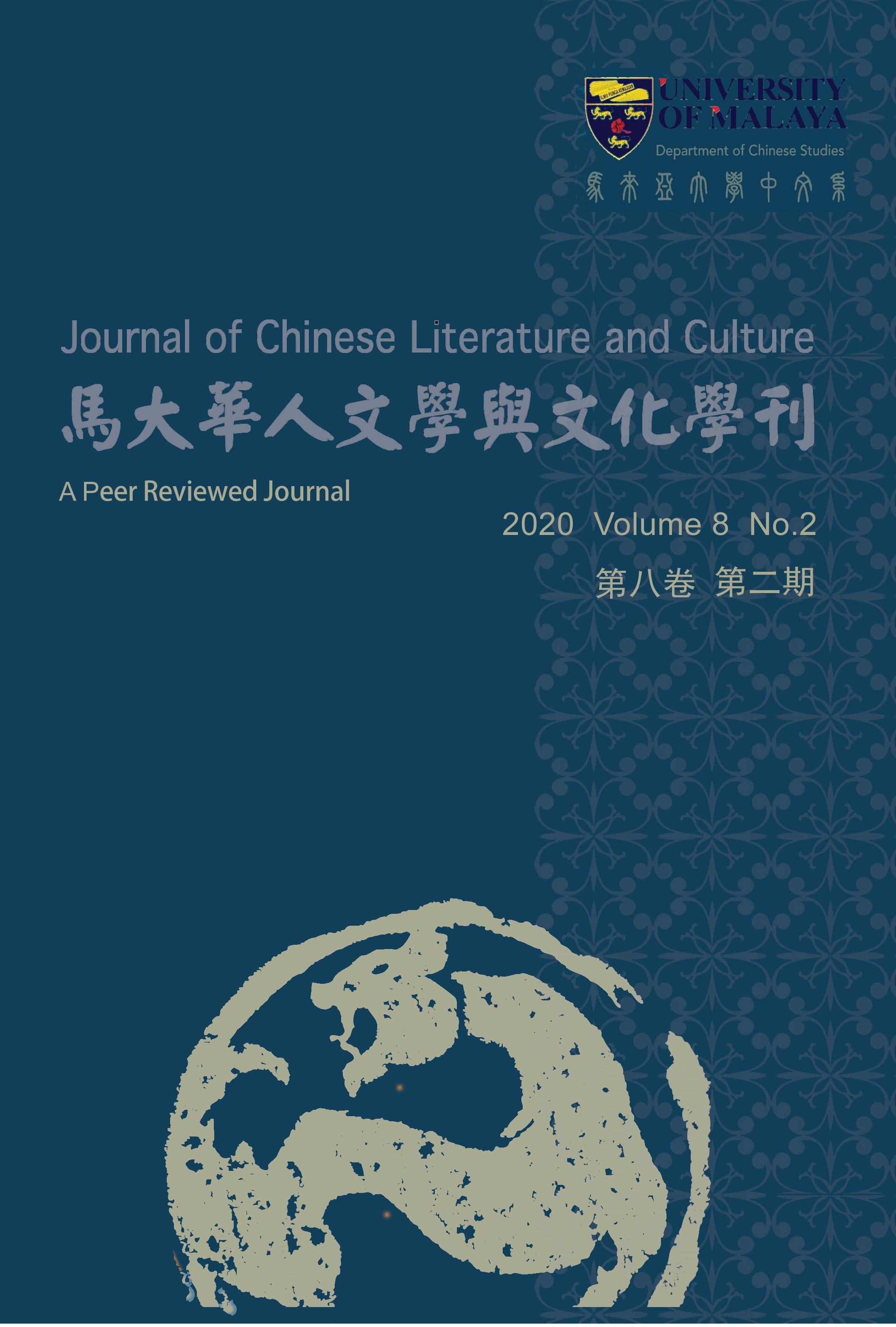An Exploratory Study of the Connotation of “True” Life through Jing-Hao’s Painting Techniques 荆浩《笔法记》中“真”的生命意涵初探
Main Article Content
Abstract
荆浩《笔法记》中“真”的生命意涵初探
摘要
本文尝试以跨文化(cross-cultural)与陌生化(defamiliarization)的回观视角,找出荊浩美学作为中国文化美学的独特性。中国美学的独特性得以彰显,我一直认为这必然是经过某种程度的比较,尤其是中西文化之間的比较。虽然,对我们现代人而言中国的古代美学,是一个我们永远都无法回到的特定历史环境,以及真切地去体会作者的真正情境,但是我依然相信我们可以将古人的思想结晶,带到我们生活的当下,参与我们的生活语境,让我们重新发现荆浩《笔法记》中所隐藏的生命意涵。这种具有深刻意义的生命意涵,即便生活于一个西方唯尚的现代语境中的我们,依然可以回望这独有的文化特征,在我们日常生活中产生深刻的影响。这跨文化的回观视角,不仅可以说明中国古代文化具有一个一脉相传而不曾间断的传统,更可以在面对西方的当下,显得中国古代文化一点也不会逊色。
关键词:荆浩,跨文化,陌生化,笔法记,山水
An Exploratory Study of the Connotation of “True” Life through Jing-Hao’s Painting Techniques
Abstract
This paper, through the use of cross-cultural perspective and defamiliarization techniques, makes an Aesthetics Life analysis of Jing-Hao’s A Source Book in Chinese Philosophy and exemplifies the uniqueness of Chinese aesthetics. The uniqueness of Chinese aesthetics is manifested mainly in the comparison between Chinese and Western cultures. Although it is not possible to return to the Jing-Hao’s specific historical environment to truly appreciate the author’s circumstances, we still can evoke the embodiment of his beliefs to the moments of our lives and show how they are still relevant in the context of modern living. A cross-cultural retrospective perspective can show that Chinese culture has a long and unbroken cultural tradition and is comparable to Western culture.
Keywords:Jing-Hao, cross-cultural, defamiliarization, A Source Book in Chinese Philosophy, landscape
